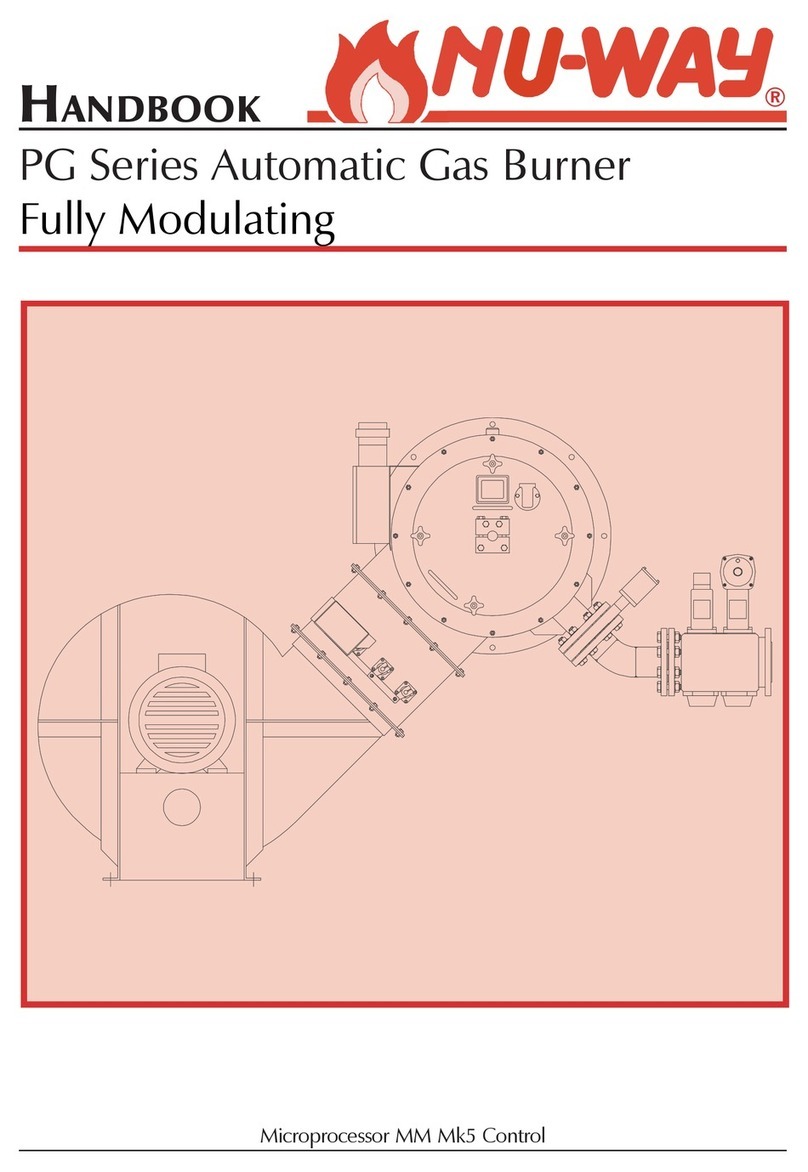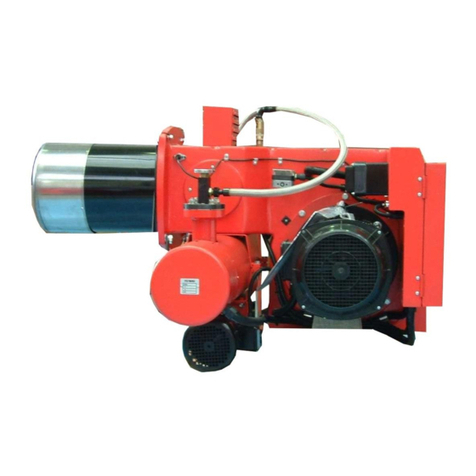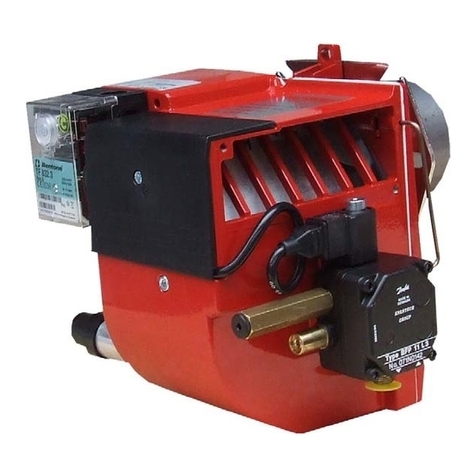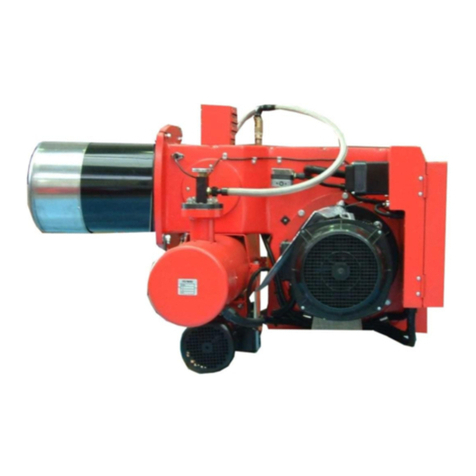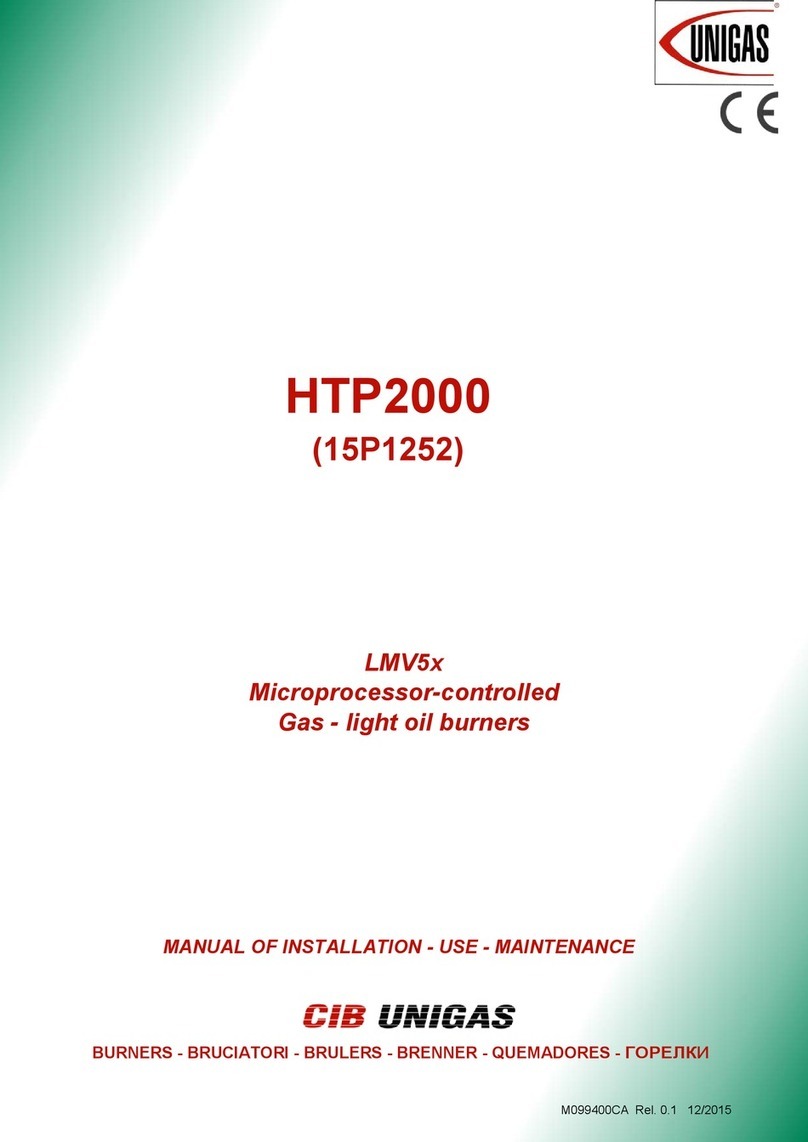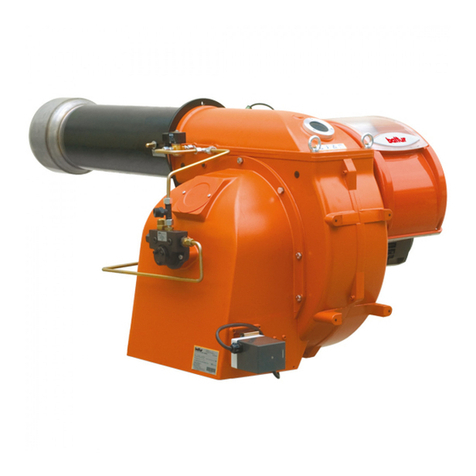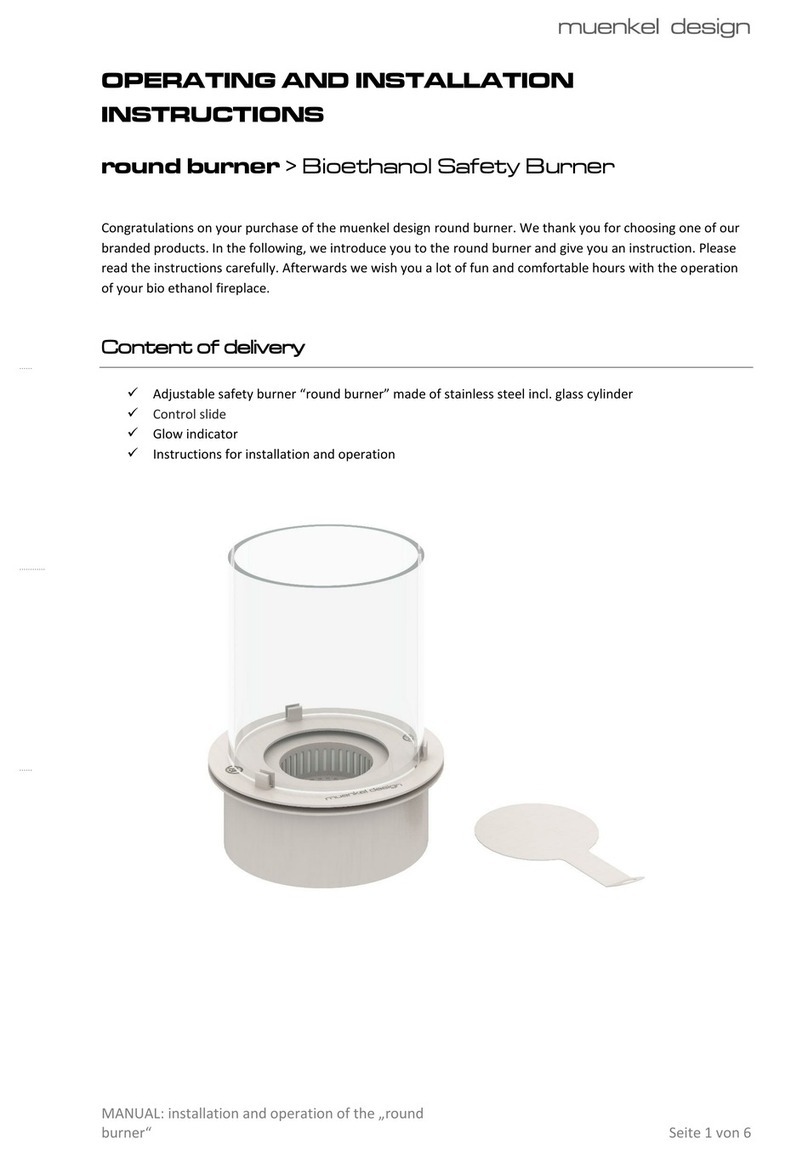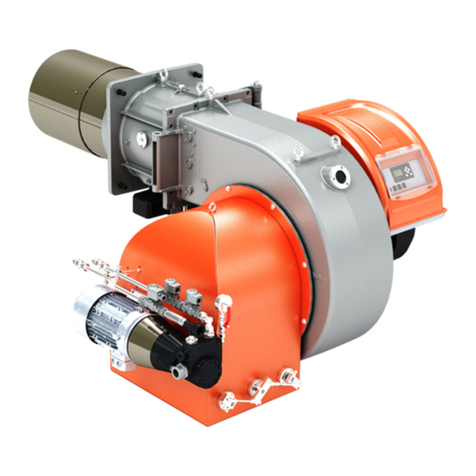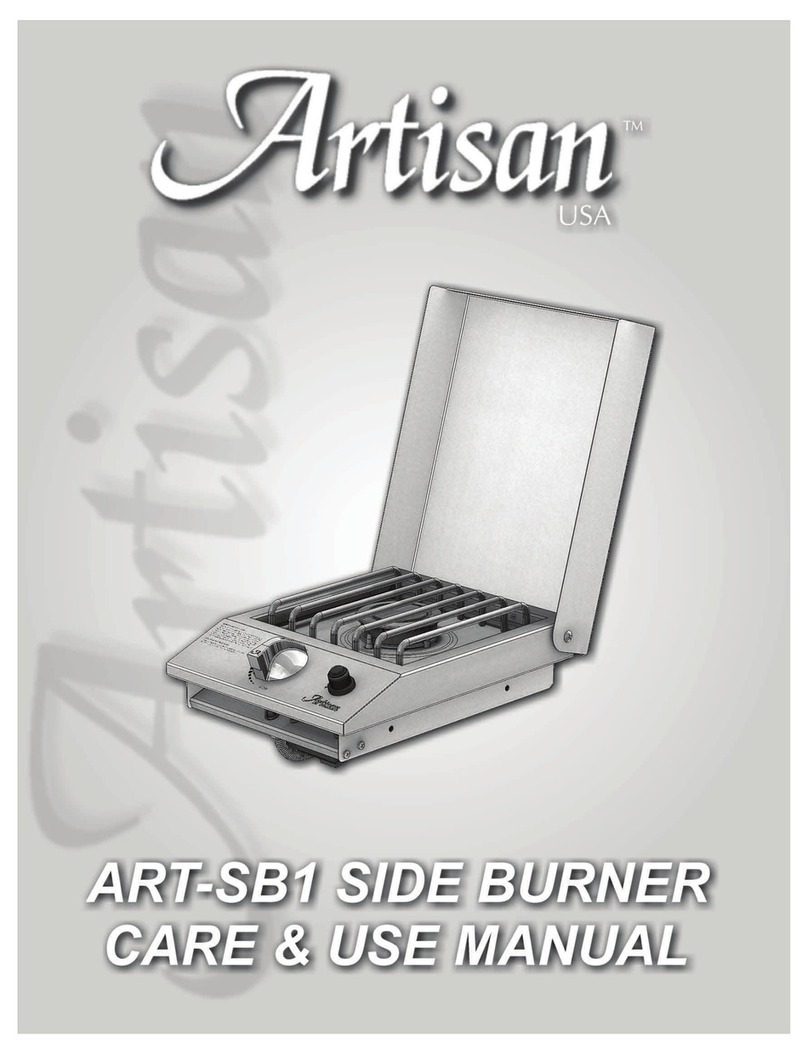Nu-Way Selectos Instruction Manual
Other Nu-Way Burner manuals
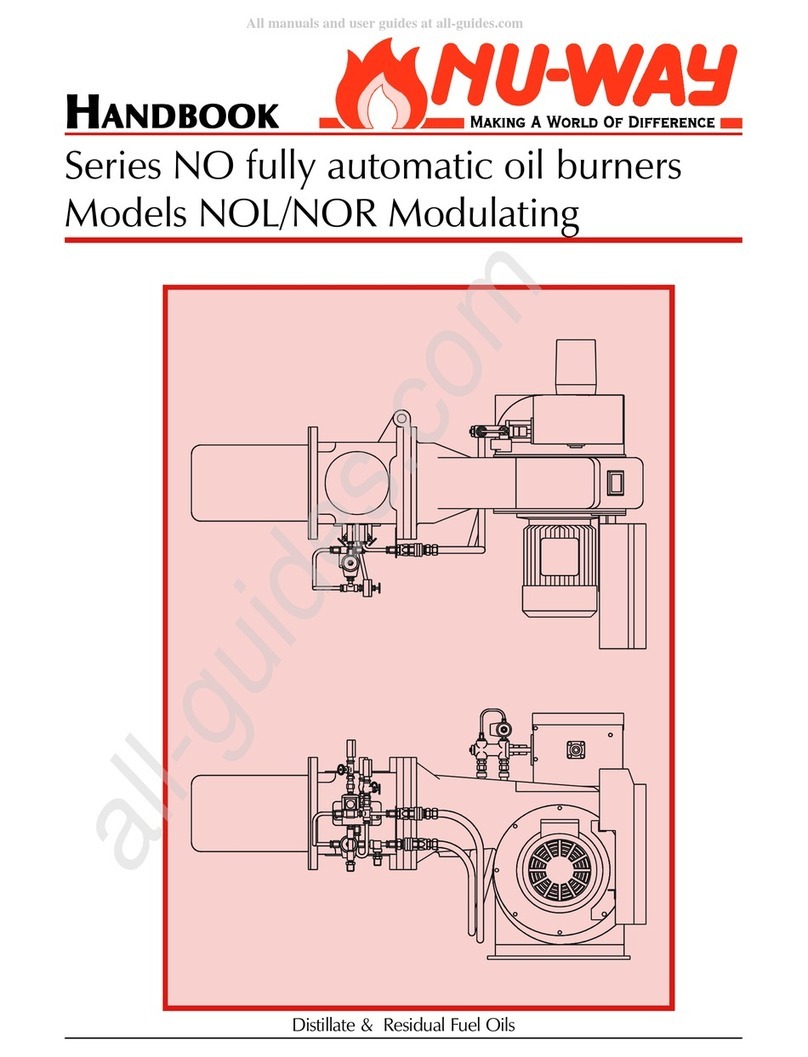
Nu-Way
Nu-Way NO Series User manual

Nu-Way
Nu-Way XGN Series User manual

Nu-Way
Nu-Way NDFL100-38 User manual
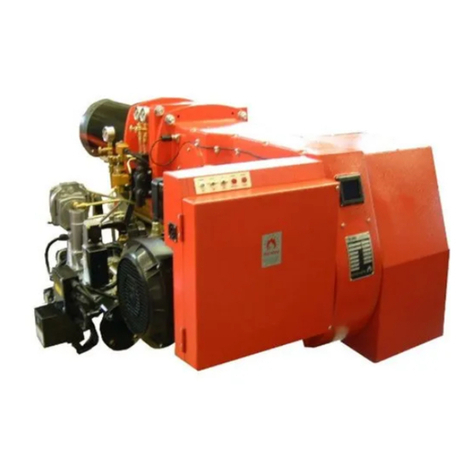
Nu-Way
Nu-Way MDFL 2800 - 38 Instruction Manual
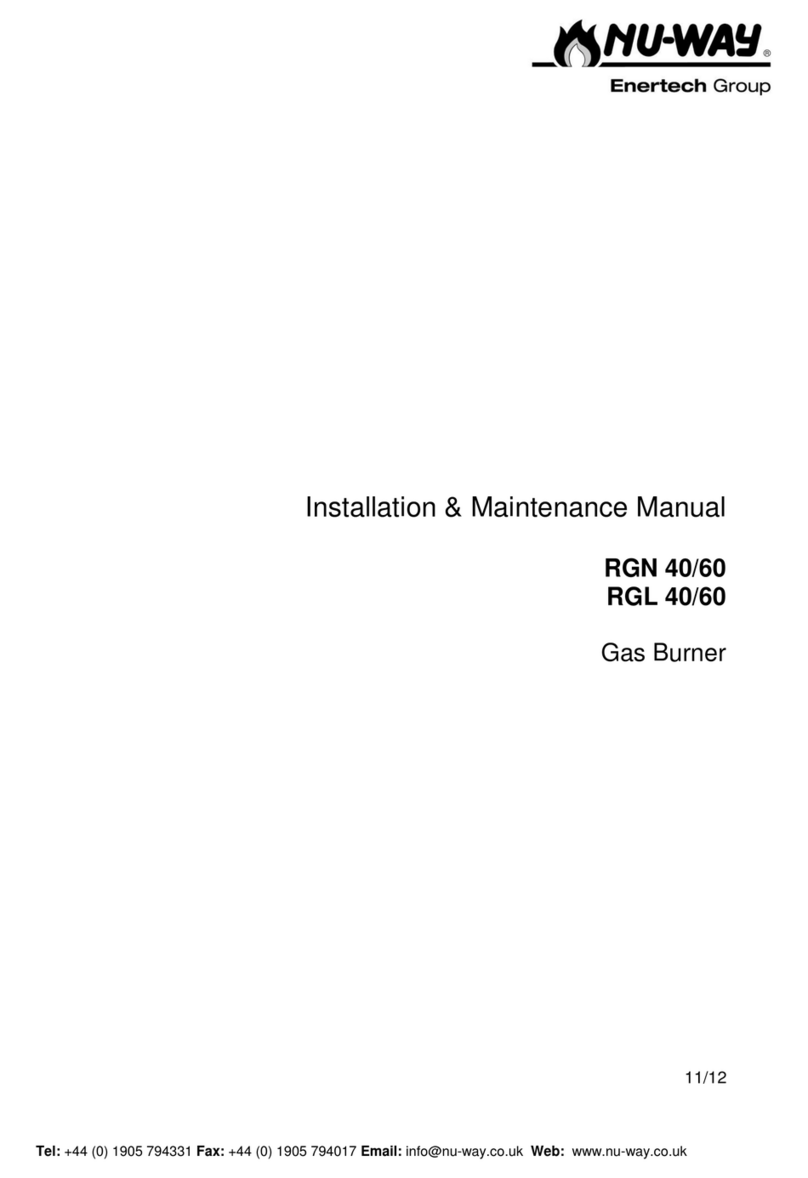
Nu-Way
Nu-Way RGN 60 Instruction Manual
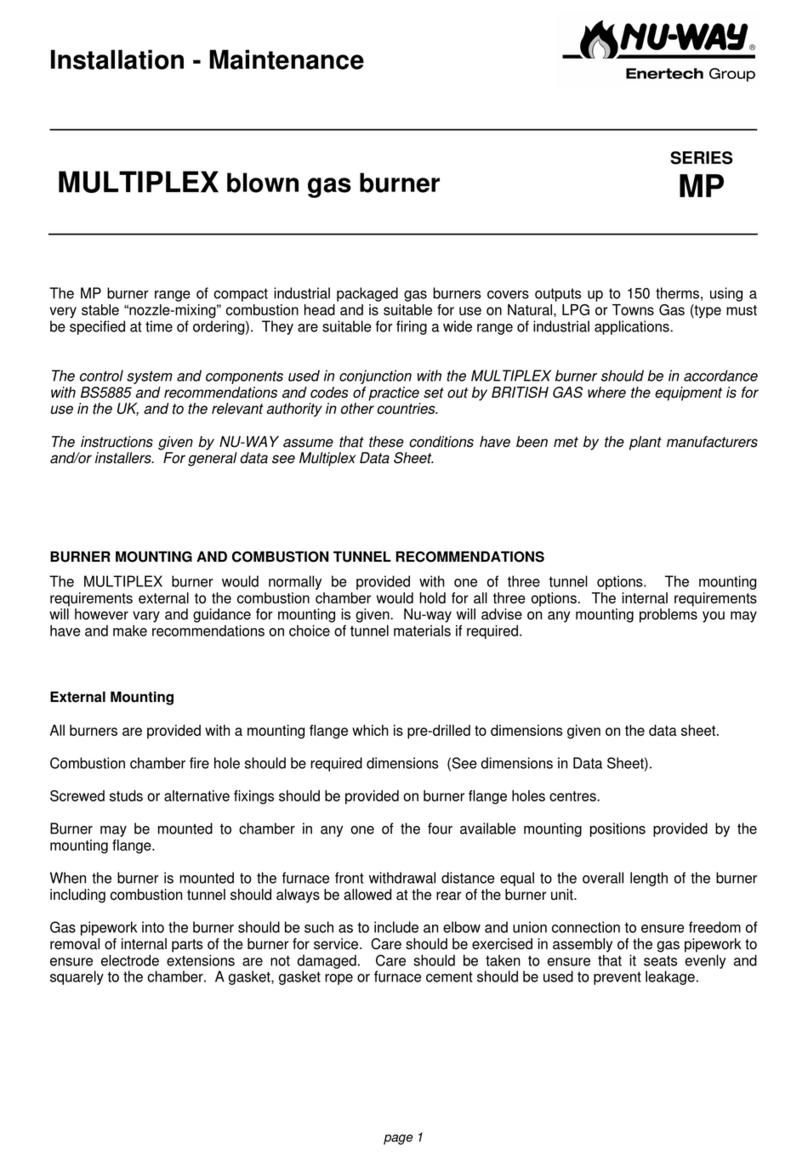
Nu-Way
Nu-Way MULTIPLEX MP series Instruction Manual
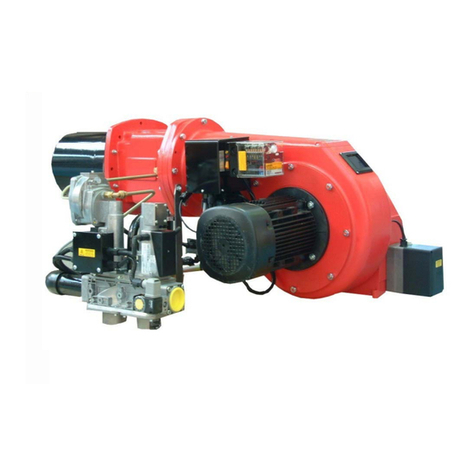
Nu-Way
Nu-Way MGN 2800N Instruction Manual
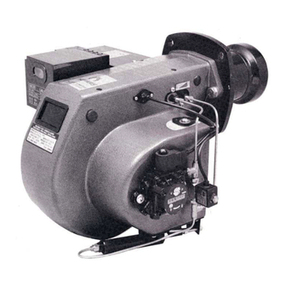
Nu-Way
Nu-Way NOL13 Instruction Manual
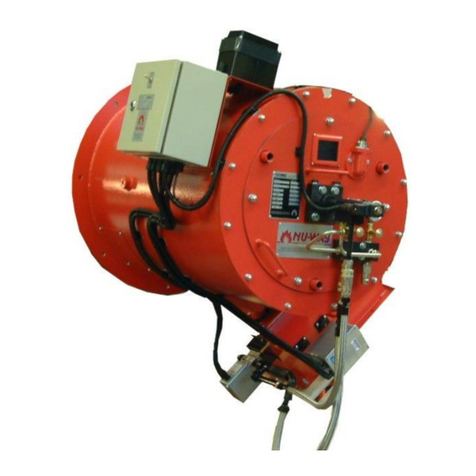
Nu-Way
Nu-Way PO160 Instruction Manual
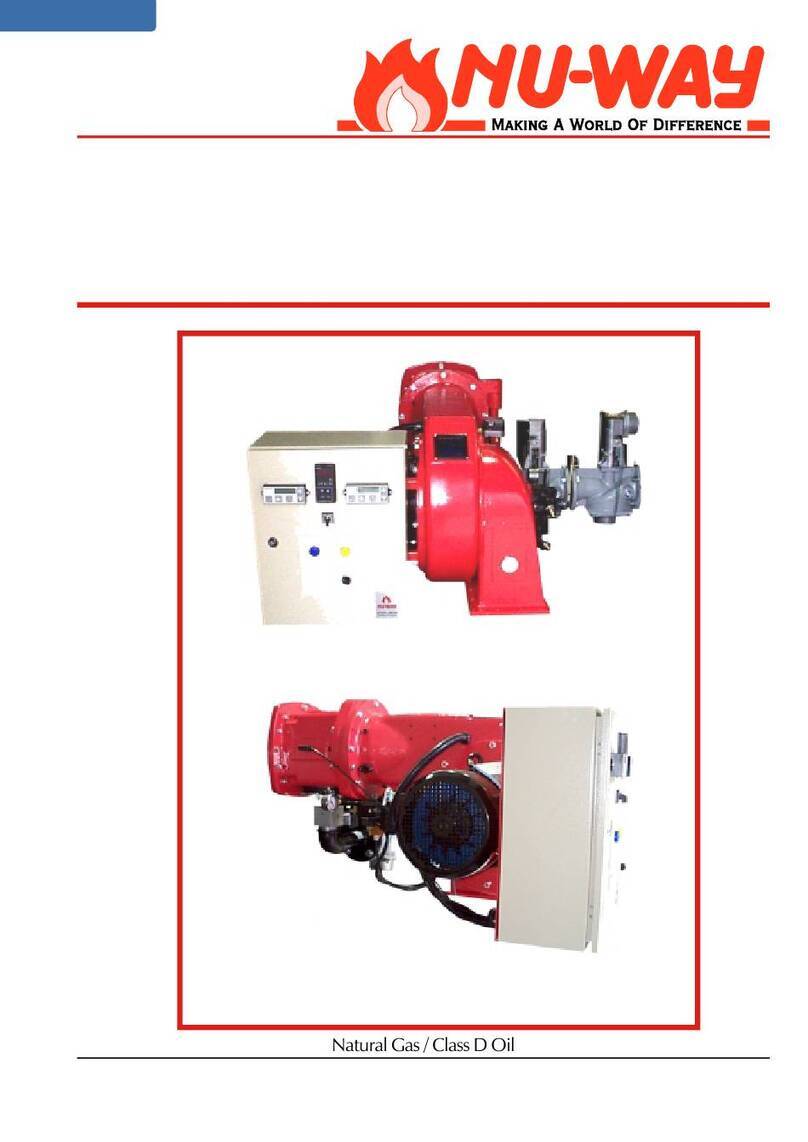
Nu-Way
Nu-Way NDFL100-38 User manual
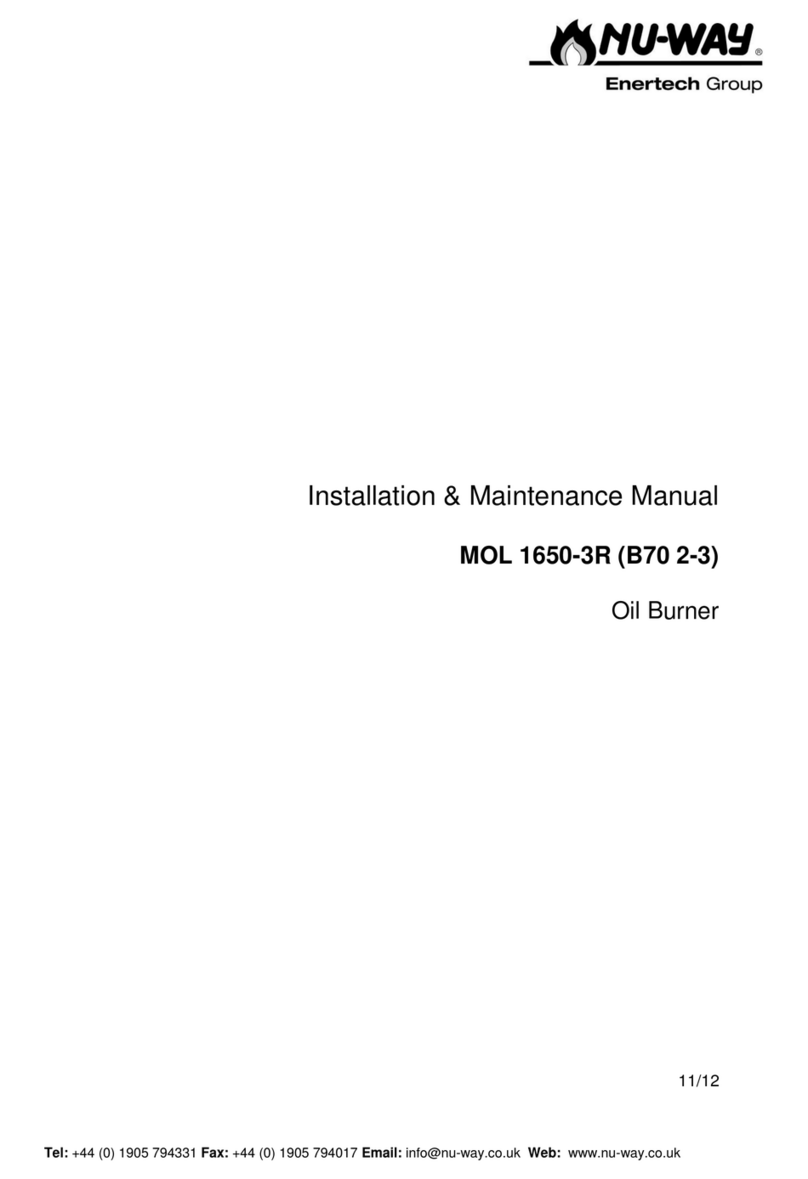
Nu-Way
Nu-Way MOL 1650-3R B70 2-3 Instruction Manual
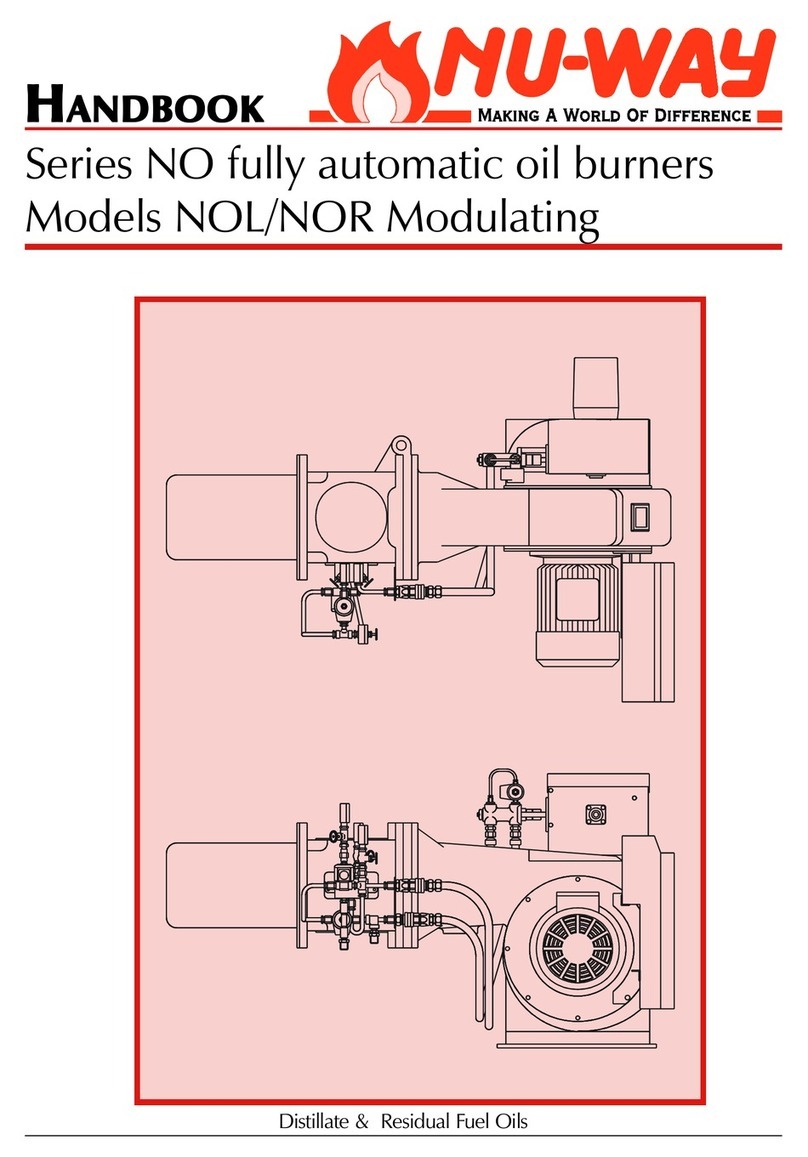
Nu-Way
Nu-Way NOL Modulating User manual
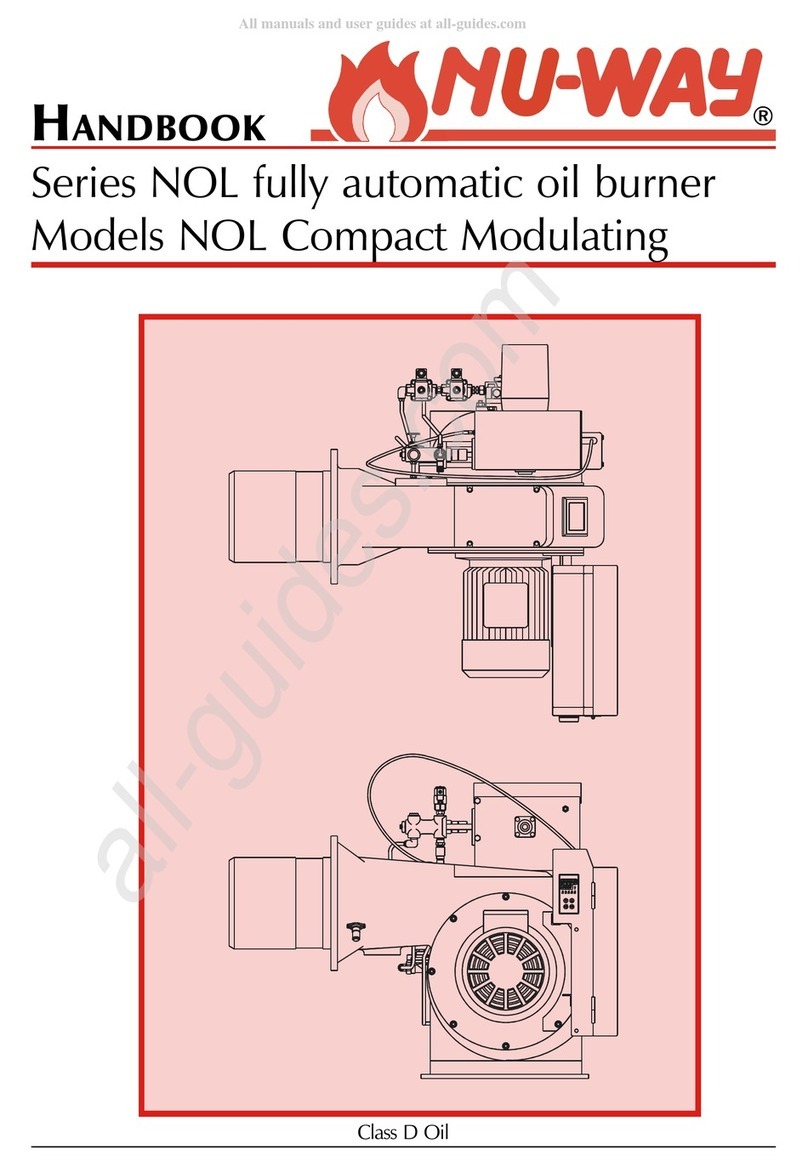
Nu-Way
Nu-Way NOL Series User manual
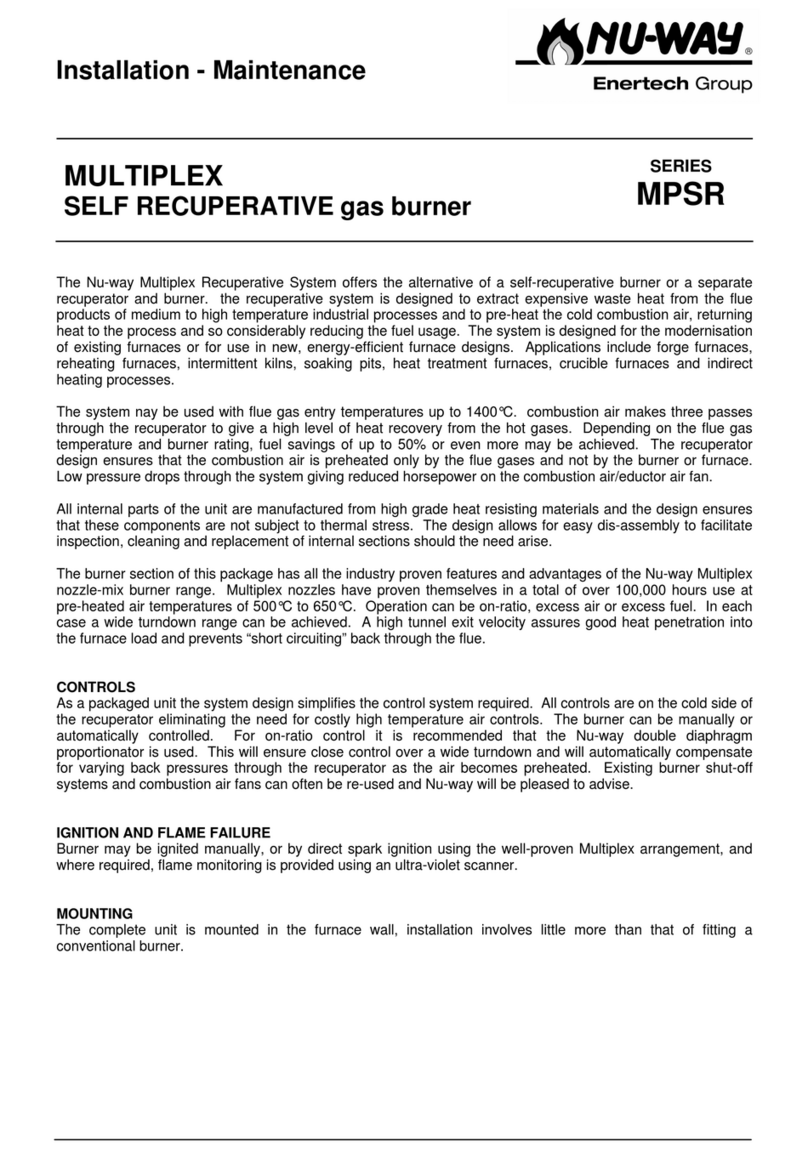
Nu-Way
Nu-Way MPSR Series Installation and operating instructions
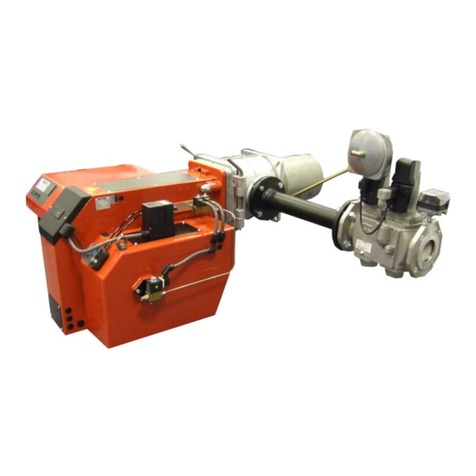
Nu-Way
Nu-Way MDFL 1880 Instruction Manual

Nu-Way
Nu-Way NOL Series User manual

Nu-Way
Nu-Way NOL Series User manual
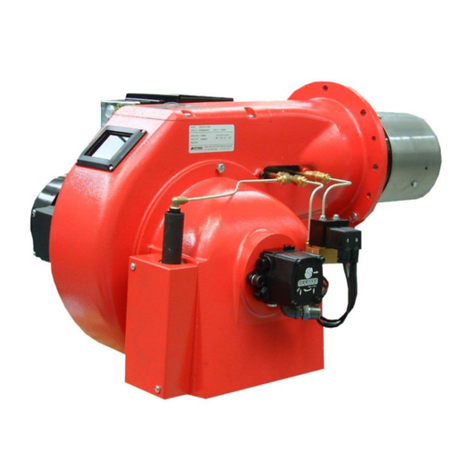
Nu-Way
Nu-Way NOL18 Instruction Manual
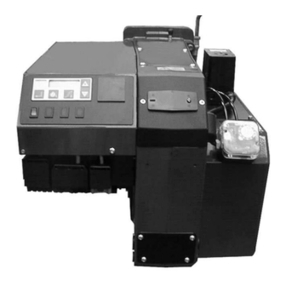
Nu-Way
Nu-Way MGN800-LN M3D Instruction Manual
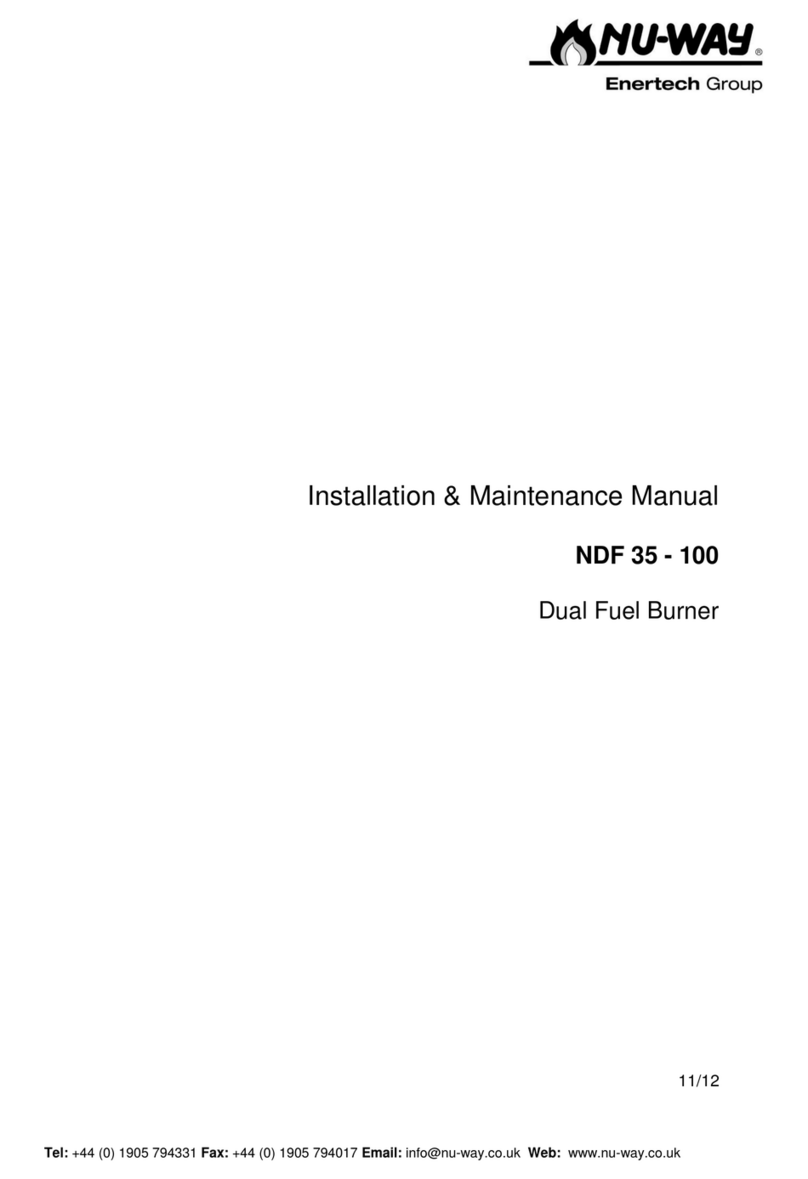
Nu-Way
Nu-Way NDF 35 Instruction Manual
Popular Burner manuals by other brands

Riello
Riello RLS 160/EV Installation, use and maintenance instructions
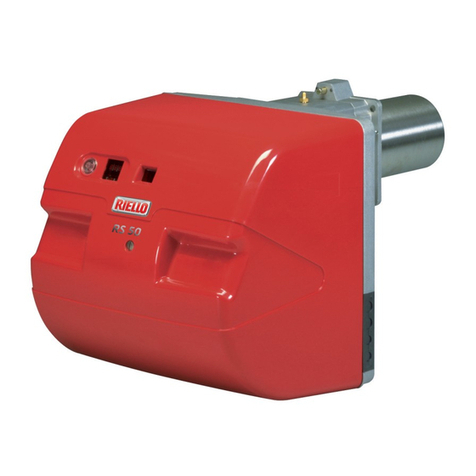
Riello
Riello RS 28/M Installation, use and maintenance instructions
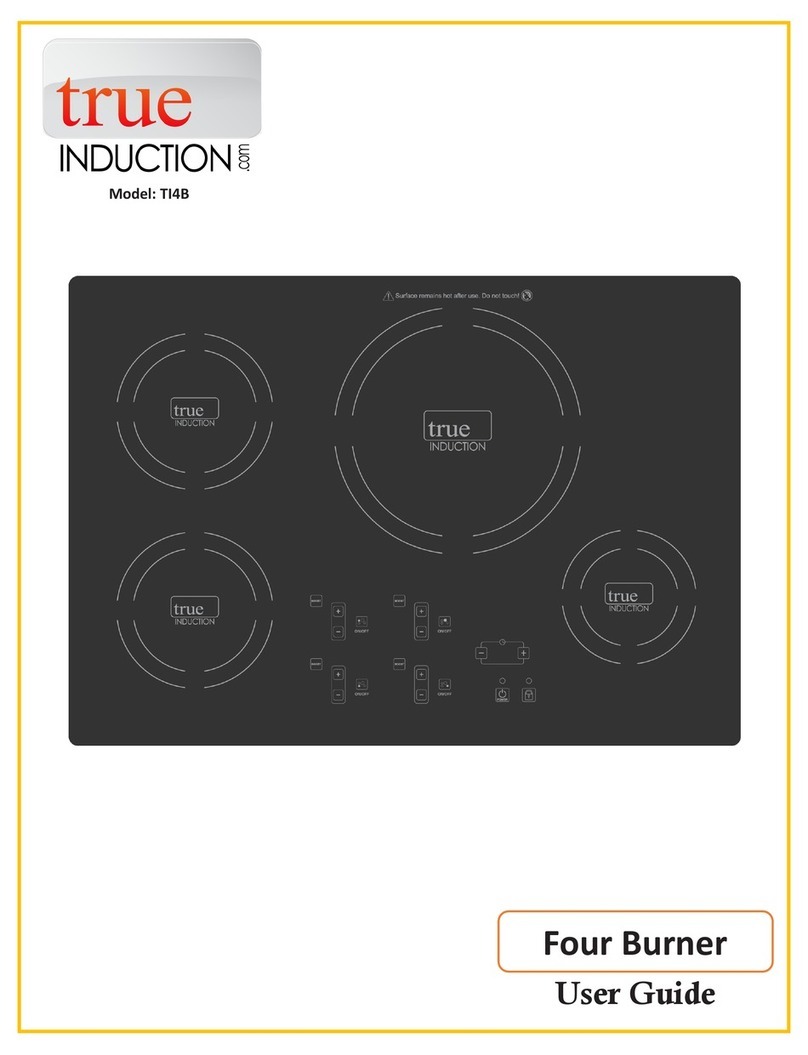
True Induction
True Induction TI4B user guide
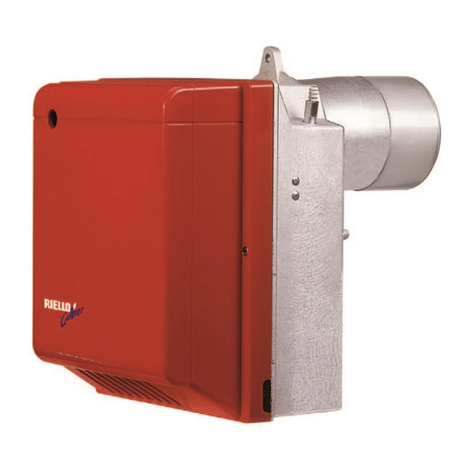
Riello
Riello RG1RKD Installation, use and maintenance instructions
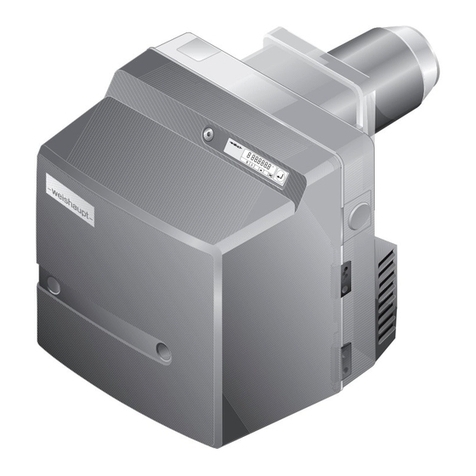
Weishaupt
Weishaupt WG20 Series manual

Carolina Cooker
Carolina Cooker M116672 owner's guide
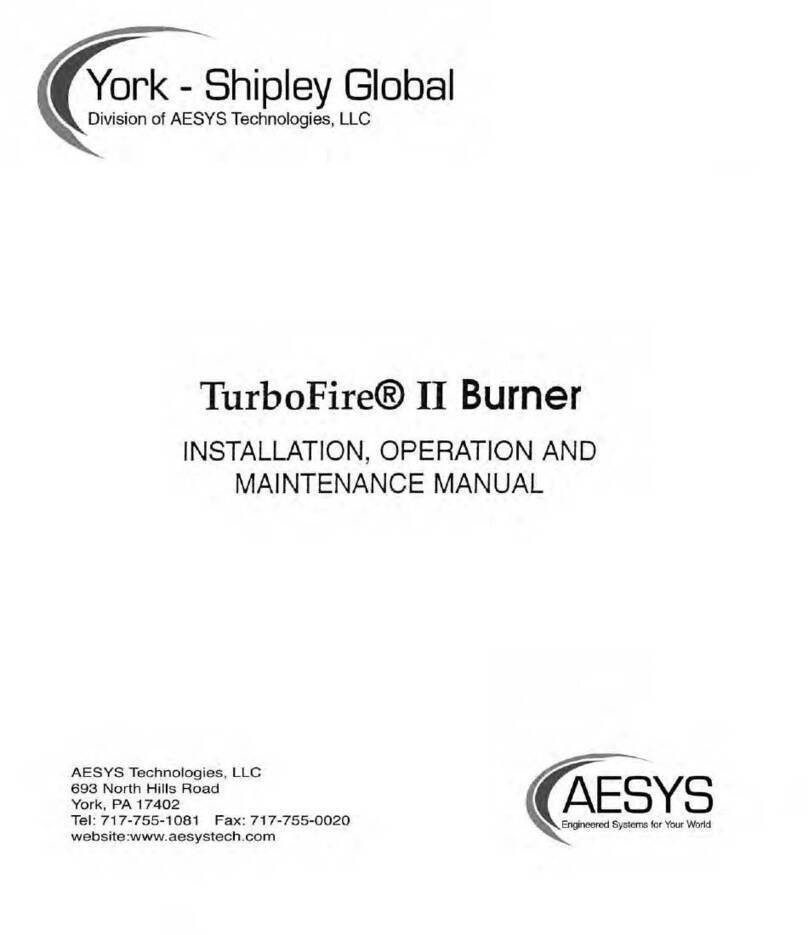
AESYS
AESYS TurboFire II Installation, operation and maintenance manual
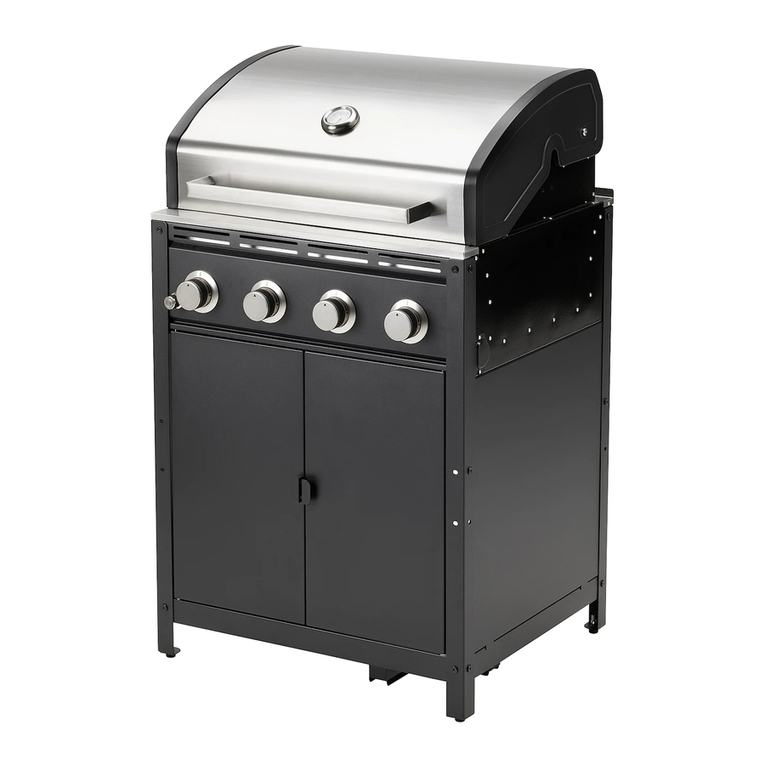
IKEA
IKEA GRILLSKÄR manual
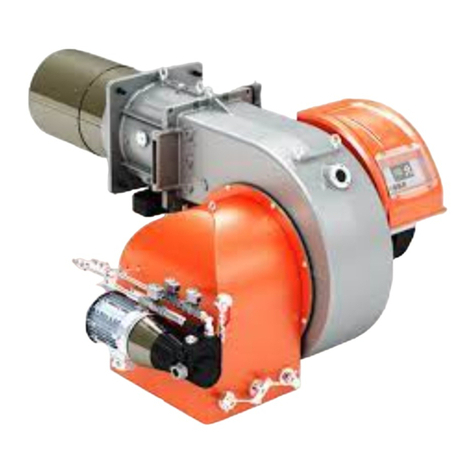
baltur
baltur TBL 1000 ME Instruction manual for installation, use and maintenance

Riello Burners
Riello Burners P 200 P/G Installation, use and maintenance instructions
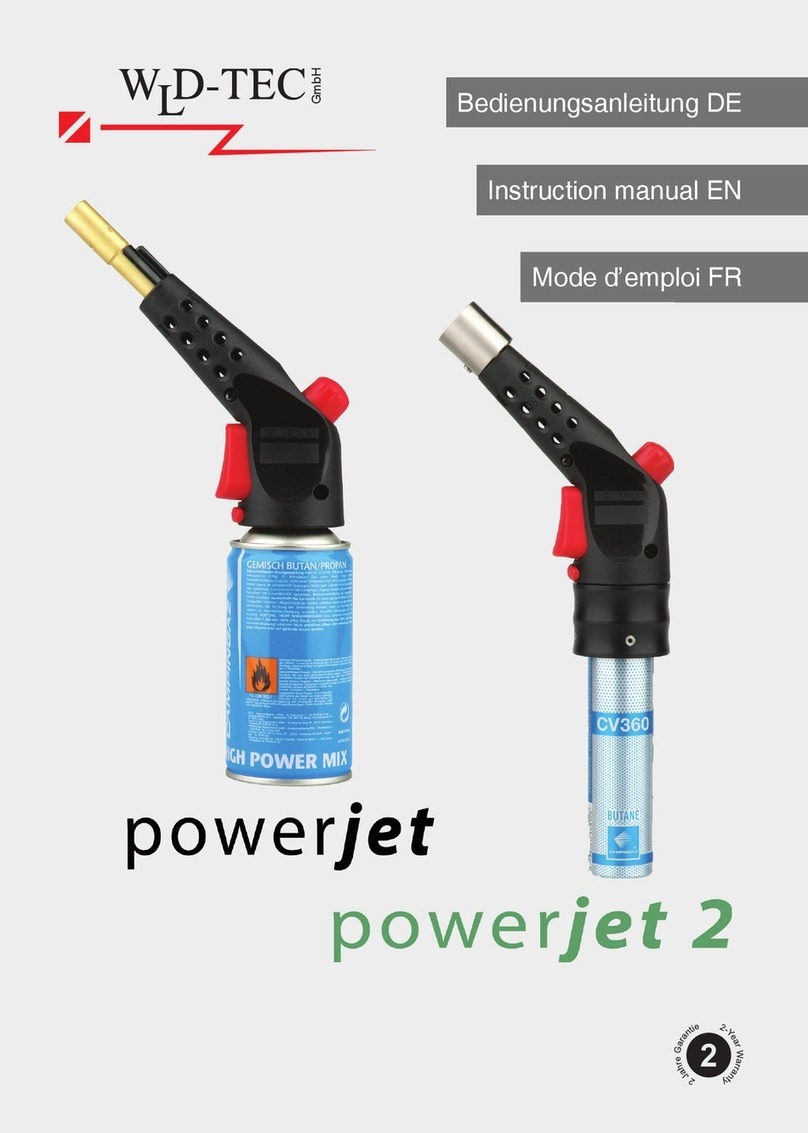
WLD-TEC
WLD-TEC powerjet instruction manual
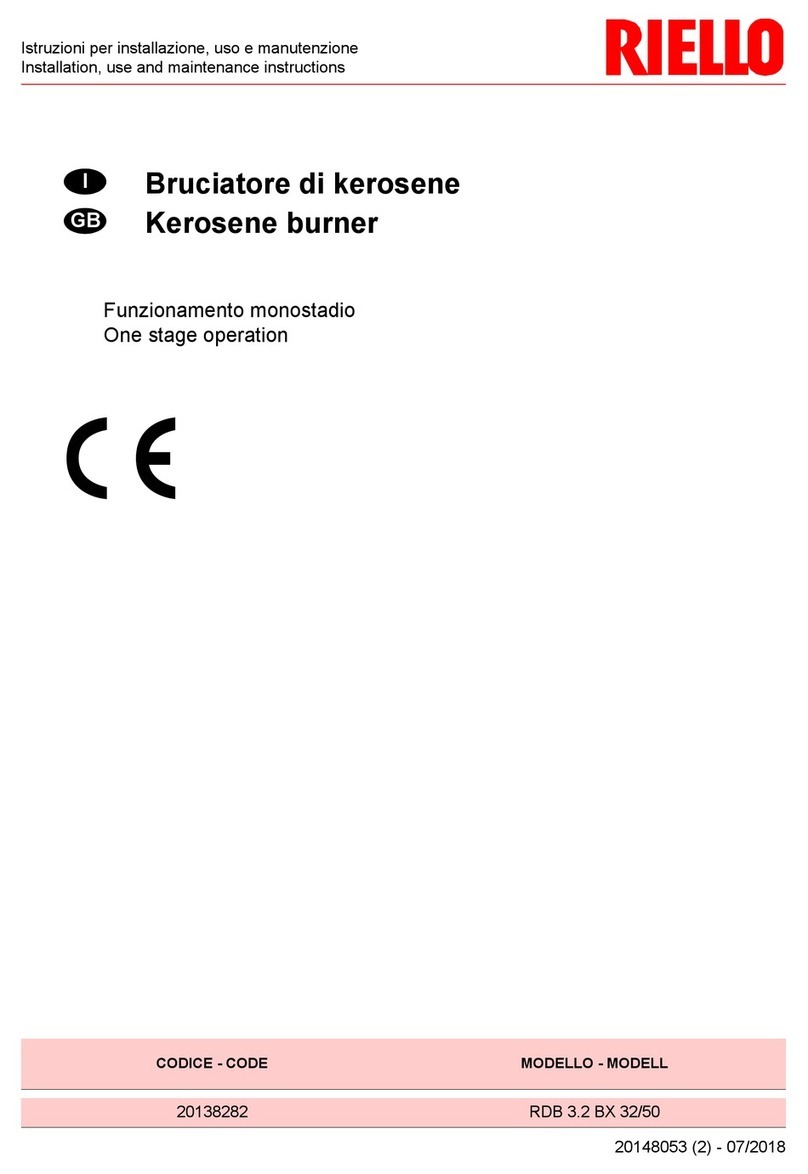
Riello
Riello RDB 3.2 BX 32/50 Installation, use and maintenance instructions
